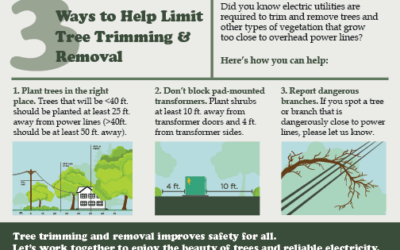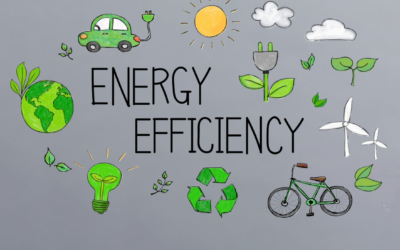
In homes across America, poorly sealed and under-insulated attics are taking money out of homeowners’ pockets in the form of high utility bills. In fact, 9 out of 10 homes in the U.S. are under-insulated.*
Air that leaks through your home’s envelope − the outer walls, windows, doors, and other openings − wastes a lot of energy and increases your utility costs. A well-sealed envelope, coupled with the right amount of insulation, can make a real difference on your utility bills.
Take control of your utility bills this heating season. Learn more about attic insulation and if it measures up.
How insulation works
To understand how insulation works it helps to understand heat flow, which involves three basic mechanisms — conduction, convection, and radiation.
Conduction is the way heat moves through materials, such as when a spoon placed in a hot cup of coffee conducts heat through its handle to your hand. Convection is the way heat circulates through liquids and gases, and is why lighter, warmer air rises, and cooler, denser air sinks in your home. Radiant heat travels in a straight line and heats anything solid in its path that absorbs its energy.
Most common insulation materials work by slowing conductive heat flow and convective heat flow. Radiant barriers and reflective insulation systems work by reducing radiant heat gain. To be effective, the reflective surface must be in contact with an air space.
Regardless of the mechanism, heat flows from warmer to cooler areas until there is no longer a temperature difference. In your home, this means that in winter, heat flows directly from all heated living spaces to adjacent unheated attics, garages, basements, and especially to the outdoors. Heat flow can also move indirectly through interior ceilings, walls, and floors—wherever there is a difference in temperature.
To maintain comfort, the heat lost in the winter must be replaced by your heating system. Properly insulating your home will decrease this heat flow by providing an effective resistance to the flow of heat.
R-Values
An insulating material’s resistance to conductive heat flow is measured or rated in terms of its thermal resistance or R-value—the higher the R-value, the greater the insulating effectiveness. The R-value depends on the type of insulation, its thickness, and its density. The R-value of most insulations also depends on temperature, aging, and moisture accumulation. When calculating the R-value of a multilayered installation, add the R-values of the individual layers.
Installing more insulation in your home increases the R-value and the resistance to heat flow. In general, increased insulation thickness will proportionally increase the R-value.
EPA estimates that homeowners can save an average of 15% on heating and cooling costs by air sealing their homes and adding insulation in attics, floors, over crawl spaces, and basements.
*Compared to 2006 IECC standards. Sources: Boston University and NAIMA, Energy.gov
Insulation tax credit
- 10% of the cost, up to $500 (not including installation)
- Eligible products: bulk insulation (batts, rolls, blow-in fibers, rigid boards, expanding spray and pour-in place); and air sealing products with a Manufacturers Certification Statement
- Learn more at EnergyStar.gov
EnergyWise Incentive
15¢ per square foot insulated with a maximum of $300 per dwelling. Installation of attic insulation only.
Eligibility: Residential customers with existing dwellings (no new construction) and dwellings must use electricity as the primary fuel source for heating.
Existing attic insulation levels must average 6″ or less. Cusotmers must install 6″ or more or an R-19.
OTHER NEWS
Seasonal GIS Specialist job
LEXINGTON, Nebr. -- Dawson Public Power District has a job opening for a Seasonal GIS Specialist. A full job description and application details are available here.
3 ways to help limit tree trimming & removal
Did you know electric utilities are required to trim and remove trees and other types of vegetation that grow too close to overhead power lines? Here’s how you can help.
Why energy efficiency matters
Dawson PPD, along with its wholesale partner Nebraska Public Power District, is committed to maximizing the value of their energy purchases in a cost-effective manner. To understand its importance in all of our future, we need to examine where energy efficiency began.



